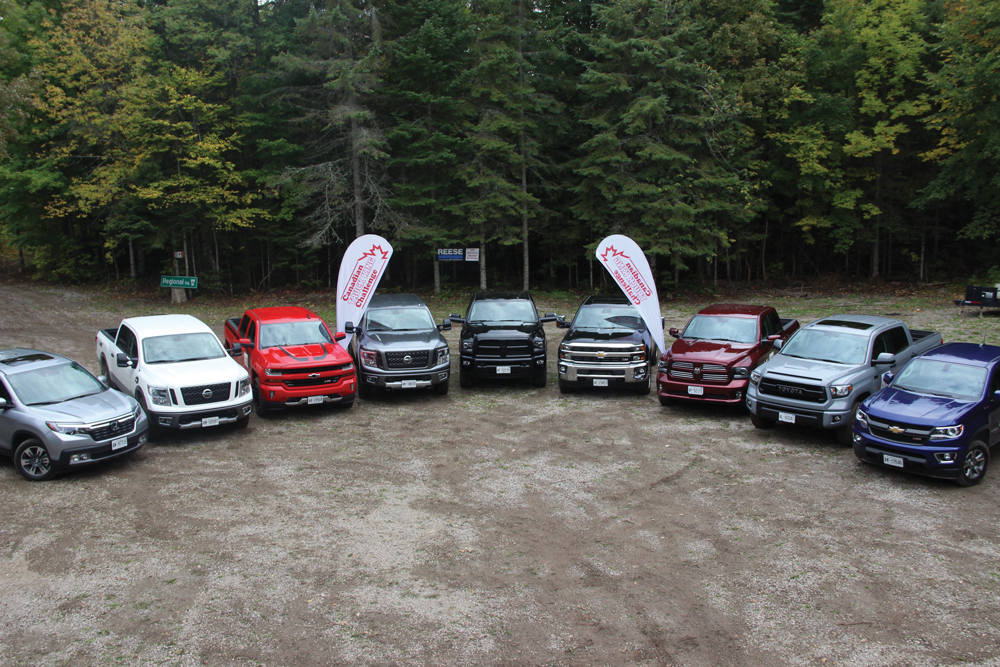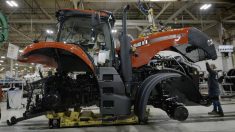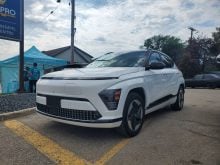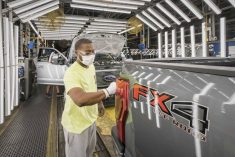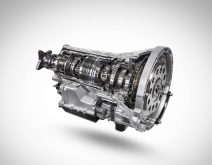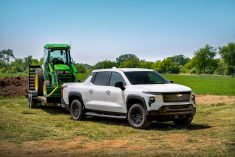The Canadian Truck King Challenge is an annual event where automotive journalists get together to evaluate the current pickup truck offerings from all brands.
This year we had a field of 11 pickup trucks, falling into four classes: midsize, half ton, three-quarter ton and one-ton trucks.
All pickups are tested in the same way, by six automotive journalist judges who drive them back-to-back in each condition. The test loop we use is 17 kilometres long and combines gravel, pavement and highway. There are twists, turns and elevation changes. An off-road course on the IronWood test site is saved for the last afternoon of testing. The trucks are always driven empty first. Then, we add payload and do the loops again. Finally, we travel the route pulling loaded trailers. This is the best way to feel the differences between them.
Read Also
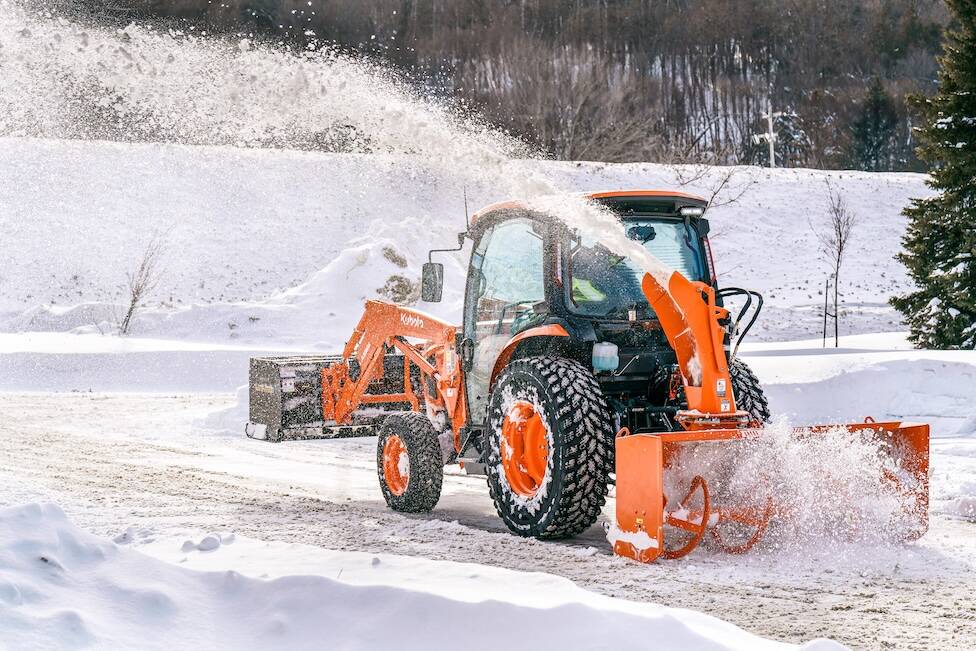
Kubota introduces Grand L70 series of utility tractors
For 2026, Kubota has debuted six utility-class tractor models in the 37- to 60-gross engine horsepower range, dubbed the Grand L70 series, offering up a new slate of high-spec features.
This year the midsize trucks carried a payload of 500 pounds and towed a total of 4,000 pounds. The full-size half tons used a payload of 1,000 pounds and towed 6,000 pounds, while the three-quarter tons towed 10,000 pounds and also used 1,000 pounds for payload. These figures take into consideration the lowest manufacturer-set limits among the entries. The weights we used never exceed any of those limits.
Mid-size category
In the midsize group we had the all-new Honda Ridgeline and the Chevy Colorado diesel. Toyota opted not to give us a Tacoma (which we did test last year) and the Nissan Frontier was also not offered — no doubt because it’s in the last year of its current cycle before a major upgrade.
Between the two midsize trucks, the Honda impressed the judges most. As with anything new, it had an edge, even though the Colorado diesel was a big splash last year. However, it wasn’t just the new factor that pushed its score past that of the Colorado. The prior generation of Ridgeline was a niche, quirky truck that appealed to a select buyer. Now, the Ridgeline has moved closer to the mainstream while retaining some of its unique characteristics. It did almost everything (payload, towing, even off-road) well and still offered the most car-like ride.

Half-ton category
The full-size half-ton category is the meat of the market. In Canada it makes up just under 80 per cent of total pickup sales. As such, it is one of the most competitively fought over among the builders. For us at the Challenge, it’s a segment that we annually consider most carefully, as in what to test and how.
Despite the competition, there are rarely more than two “new” half-tons in a given year. Generational upgrades are typically seven years apart, while lesser changes do come along in between. This leaves us with a problem when it comes to testing. How do we field a full spread of pickups where perhaps only one is really new?
This year we came up with an idea that should appeal to Canadian buyers. We asked each of the manufacturers to give us a truck with their best-selling body style, cab and power-train combination. This way we’d test the trucks that Canadians buy most often. We had a Ram 1500 crew cab with the 5.7L Hemi V8, the Chevy Silverado crew cab with the 5.3L V8, the new Nissan Titan crew cab with the 5.6L V8 and the Toyota Tundra TRD Pro crew cab with the 5.7L V8. For Toyota, the TRD Pro (or off-road version) of the Tundra was the newest truck they had, not really the most often purchased. But that was the machine they chose to enter. The others were exactly what we asked for.
Ford, the leader in half-ton Canadian truck sales, chose not to compete.

The three-quarter tons
In the three-quarter ton category, each of the trucks was diesel powered. These are the most common big haulers being bought by Canadians, and the judges made a point of saying that under load was when they really felt how well they behaved. The scoring here was close, as each truck did well. However, the Ram 2500 with the Cummins 6.7L diesel did come out slightly ahead.
What was more interesting was the Nissan HD tied with the HD Silverado. The first uses the all-new 5L Cummins diesel V8, which is new this year, while the Chevy had the veteran 6.6L Duramax diesel under the hood.

One-ton truck group
For the one-ton trucks, we had a field of two — again we missed Ford, particularly because its 2017 Super Duty trucks are all new. However, we still performed a full field of tests on the Ram 3500 and Silverado 3500. After a full day of driving both trucks back to back, the judges awarded the win to the Chevy Silverado 3500.

The winner
It’s worth noting that all the trucks performed well, and as a group you’ll notice how close all the scores are. If anything, this makes it tough for the judges to crown a winner because none of these trucks are “bad.a”
The group of judges worked through the field of trucks creating a mass of data in 20 key categories. Each judge hailed from a different part of the country and is a member of the Automobile Journalists Association of Canada. Collectively, they brought over 200 years of experience to this intensive testing. Over three long days they drove almost 4,000 km while evaluating the trucks.
The overall winner of the 10th annual Canadian Truck King Challenge, with the highest collective score of 79.4, is the 2017 Hemi-powered Ram 1500. (see individual results below)


